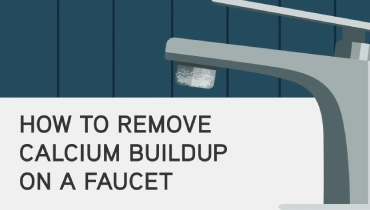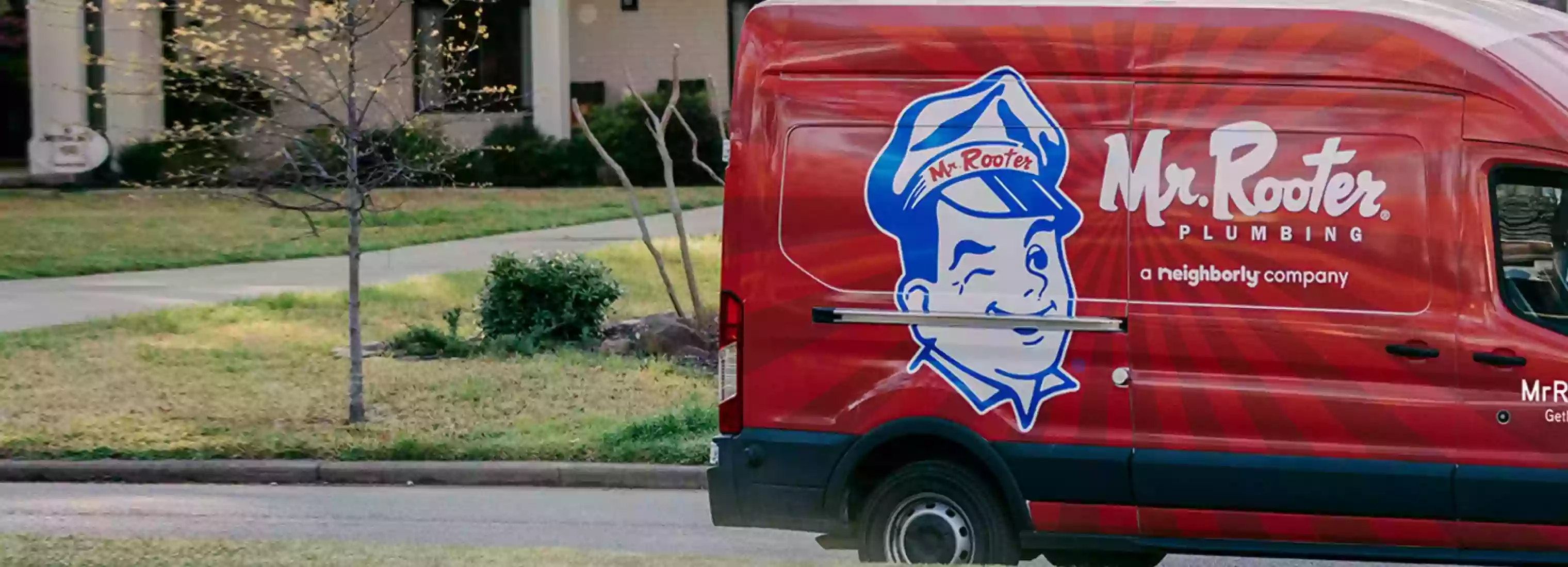How to Remove Calcium Buildup on a Faucet

Have you ever been taking a shower or washing the dishes and noticed a chalky-white buildup on and around your faucet? If so, you’re dealing with calcium buildup, also called limescale. This buildup often starts as an aesthetically displeasing annoyance, but left unattended can lead to bigger issues.
Calcium buildup, also known as calcium deposit, comes from water that carries dissolved calcium salts (calcium carbonate or calcium bicarbonate). Water that is high in calcium and other minerals is called hard water.
If your water is hard, you’ll notice a lot of white buildup or scale around your faucets and drains, as well as in your appliances that use water. If your water contains a lot of iron as well, the buildup may take on a rusty or yellow hue and could stain your sink. Whether you have hard water largely depends on where you live, though equipment like water softeners exist to help mitigate this issue.
If you’re already dealing with frustrating calcium buildup, you should know that there are ways to fix it. In this article, we’ll show you how to remove calcium buildup on faucets and prevent it from forming in the first place.
Step-by-Step Guide for Removing Calcium Buildup
To remove the limescale from your faucet, gather these household items:
- Distilled white vinegar
- Paper towels or strips of soft rags
- Rubber bands
- Sandwich-sized plastic bags
- Sponge or textured cloth
- Optional: magic eraser; store-bought cleaner for calcium, lime, and rust*
*White vinegar is usually sufficient to remove the calcium buildup, but if you plan to use store-bought cleaners with these instructions, be sure to wear rubber gloves and avoid breathing the fumes as you clean.
After you’ve gathered your supplies, carry out the following steps:
- Clean the exterior of the faucet by wiping it down with soap and water. This will remove any general grime, leaving only the calcium buildup.
- Soak several paper towels or strips of rags in the white vinegar.
- Wrap the vinegar-soaked paper towels around all the problem areas of the faucet and secure them with rubber bands. Let them sit for at least an hour.
- Wipe the faucet clean with a wet sponge or cloth. You may use a magic eraser at this time if the sponge or cloth isn’t cleaning sufficiently.
- Dry the faucet completely. You can repeat this process a few times if you have a significant buildup of limescale.
Calcium buildup also affects the ends of faucets, showerheads, and the aerators inside them. You may even notice that the buildup is partially clogging the faucet and causing the water to trickle unevenly rather than flow.
To clean the end of your faucet and hopefully reach the grimy aerator, fill a sandwich bag with vinegar and secure it onto the end of the faucet with a rubber band. The faucet tip should be fully submerged so that the vinegar goes deep inside the faucet.
Leave the bag there for an hour or two, and then wipe the faucet with a sponge, cloth, or magic eraser. Let the faucet dry by waiting about an hour before you run the water again.
If you still have water flow issues after you’ve soaked the end of the faucet, you might need to disassemble the faucet and soak the aerator (and any other scale-caked elements) in vinegar before scrubbing it clean.
Prevent Calcium Buildup on Faucets – and in Pipes!
Calcium buildup is most obvious on the exterior of the faucet, but hard water can also stick around the inside of pipes. In serious cases, limescale can clog pipes. This can lead to water pressure issues and may even burst your pipes, forcing you to replace them.
If you notice that water comes out in a trickle when you turn on the faucet, then you may be dealing with a clog due to calcium buildup. To fix this issue, you’ll need to call a professional plumber that can work to unclog the pipe or even replace it if the clog has rendered the pipe unusable.
The best way to prevent calcium buildup and maximize the life of your plumbing system is to have a water softener installed. If you already have one, keep it well maintained so it performs effectively.
Call Mr. Rooter Plumbing for Professional Help with Calcium Buildup
Mr. Rooter Plumbing has years of experience in water softener installation and repair, and we have locations all over the country. We can explain your options for water softeners that are compatible with your plumbing system and your budget.
If cleaning your faucets does not improve your water flow, your pipes may be caked with limescale, or there could be another issue. Ask a Mr. Rooter Plumbing location near you for a plumbing inspection and consultation. Whether you need pipe replacements or a simpler repair, our plumbing pros will provide honest advice and quality service every time. Schedule an appointment online or call us for emergency services.
 Click to call
Click to call


